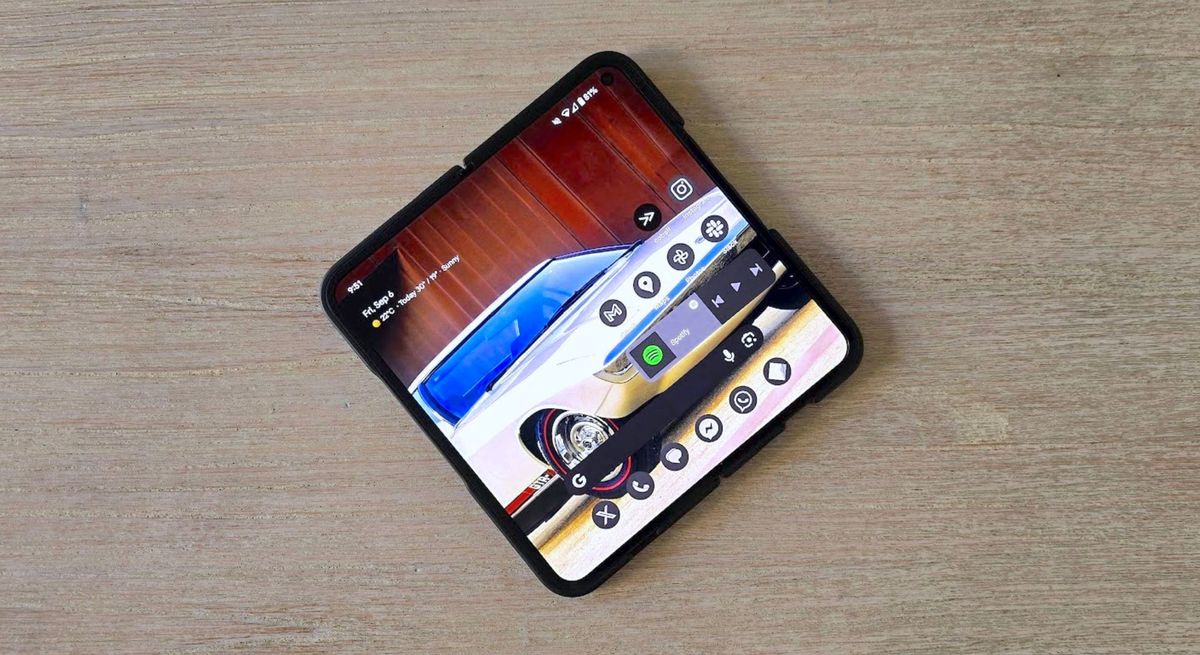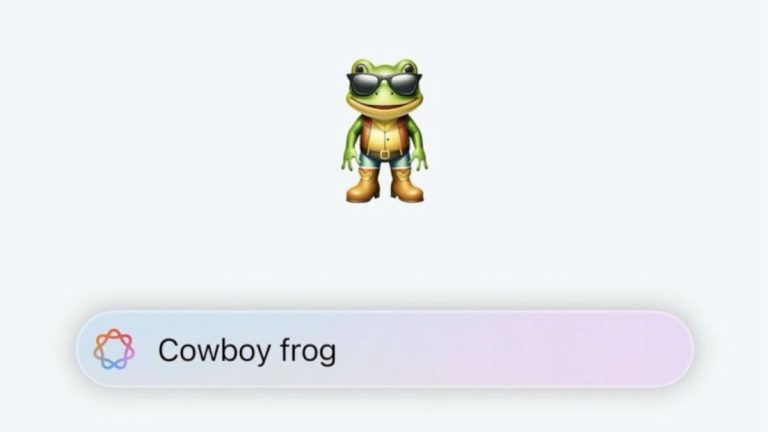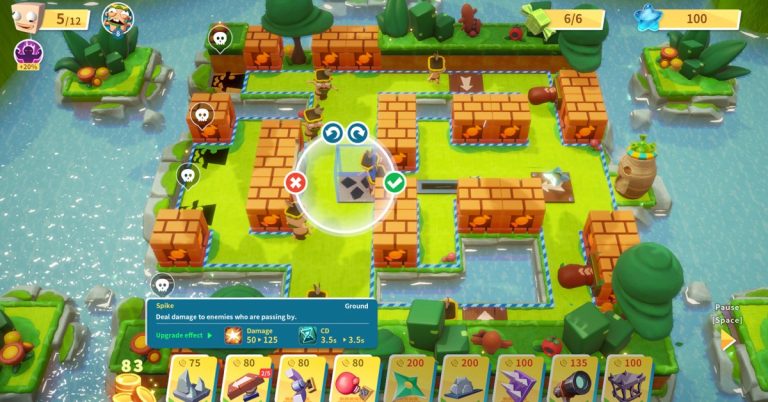Google Pixel 9 Pro Fold: The Revolutionary Samsung Alternative That Exceeds Expectations

I was initially quite skeptical about the Google Pixel 9 Pro Fold, especially since I didn’t get the chance to try the previous model, which never made it to Australia, where I’m based. Foldables exist in a weird space where it’s hard to know who these handsets are really for. The gimmick of a folding screen comes with a hefty price tag and specs that are often not as great as similarly priced flagship phones. No wonder they struggle to fly off the shelves – but after using the Pixel 9 Pro Fold for a week, I’m starting to feel a bit better about this smartphone subcategory.
This year’s Samsung Galaxy Z Fold 6 and Z Flip 6 were brought more in line with the Galaxy S24 range of devices in terms of specs and aesthetics, but that’s only Google’s second foldable attempt. Google’s phones are also known for being a bit underpowered compared to other Android devices – and that’s true for the Pixel 9 Pro Fold, but Google’s brilliant operating system makes the jump to a foldable form factor all the more easy – and, in my opinion, it makes all the difference.
I’ve written about Google’s brilliant operating system before, and I’ve long raved about it, but with the Pixel 9 Pro Fold, I’ll take my assessment a step further. I think this is the phone that’s perfect as your first foldable, regardless of whether you’re a longtime iPhone user or curious about folding screens.
The Google Pixel range has always been a bit of a dark horse in the smartphone world, and the Pixel 9 Pro Fold is no exception. Ever since the gentle reboot that introduced the camera bar with the Pixel 6 range, it’s maintained a top spot for me as the phone I recommend to iPhone users who want to leave Apple’s walled garden. I don’t think Google’s phones are as well-suited for longtime Android users as you’ll get better performance from similarly priced flagship phones from Samsung, but the clean and lightweight Android OS on Pixel phones would give Apple lovers a sense of familiarity.
That’s absolutely true for the Pixel 9 Pro Fold – this phone is great if you’re an iPhone 14 or iPhone 13 user who wants to upgrade to a foldable, but don’t want to deal with a lot of the complications some versions of Android bring. It’s well-designed and feels like a genuine competitor to Samsung’s foldable, while being cheaper than Samsung’s Fold.
Of course, there’s a catch – it’s a bit expensive at $1,799 / £1,799 / AU $2,699 – a huge price increase from the Pixel 9 Pro XL’s $1,099 / £1,099 / AU$1,849 price tag. I don’t think the screen necessitates such a drastically higher cost than what is, specs-wise, a better phone, but it does make for a great option if you want a tablet and a phone in one device.
The problem with foldables is that they exist in a small market with underlying disadvantages. You’re asking users to pay quite a lot of money for a gimmick that offers not much actual benefit, fitted to a device that’s not as powerful as flagship devices. That’s Samsung’s pitch, at least – and although I do love Samsung’s latest slew of folding phones, it’s no wonder why international sales were reportedly low.
But I think that these problems expose a general advantage that Google can obtain over Samsung in the foldable market. Because it’s such a small space within the larger phone market, Google has a real opportunity to make some headway and convert iPhone buyers into the Android ecosystem with a flashy gimmick that has consumers curious. At the same time, foldable-curious Android users could latch onto the Pixel 9 Pro Fold as their first try at the technology.
So the real win for Google stems from the fact that they’ve closed the gap between their flagship device and their foldable. I can’t give Google too much credit for this, given that Pixel phones are underpinned by an SoC that is effortlessly bested by Snapdragon’s silicon in Samsung devices, but it does lead to a great option for consumers – a cheaper book-style foldable than what Samsung is offering. Couple this to Google’s much friendlier OS and I think there’s an absolute winner here.
Of the three foldables released over the past three months, Google’s Pixel 9 Pro Fold has won my heart – but despite this discussion of synchronization between foldables and flagships, Samsung’s Z Flip 6 is still technically the budget winner, even if the foldable aspect is less useful.





